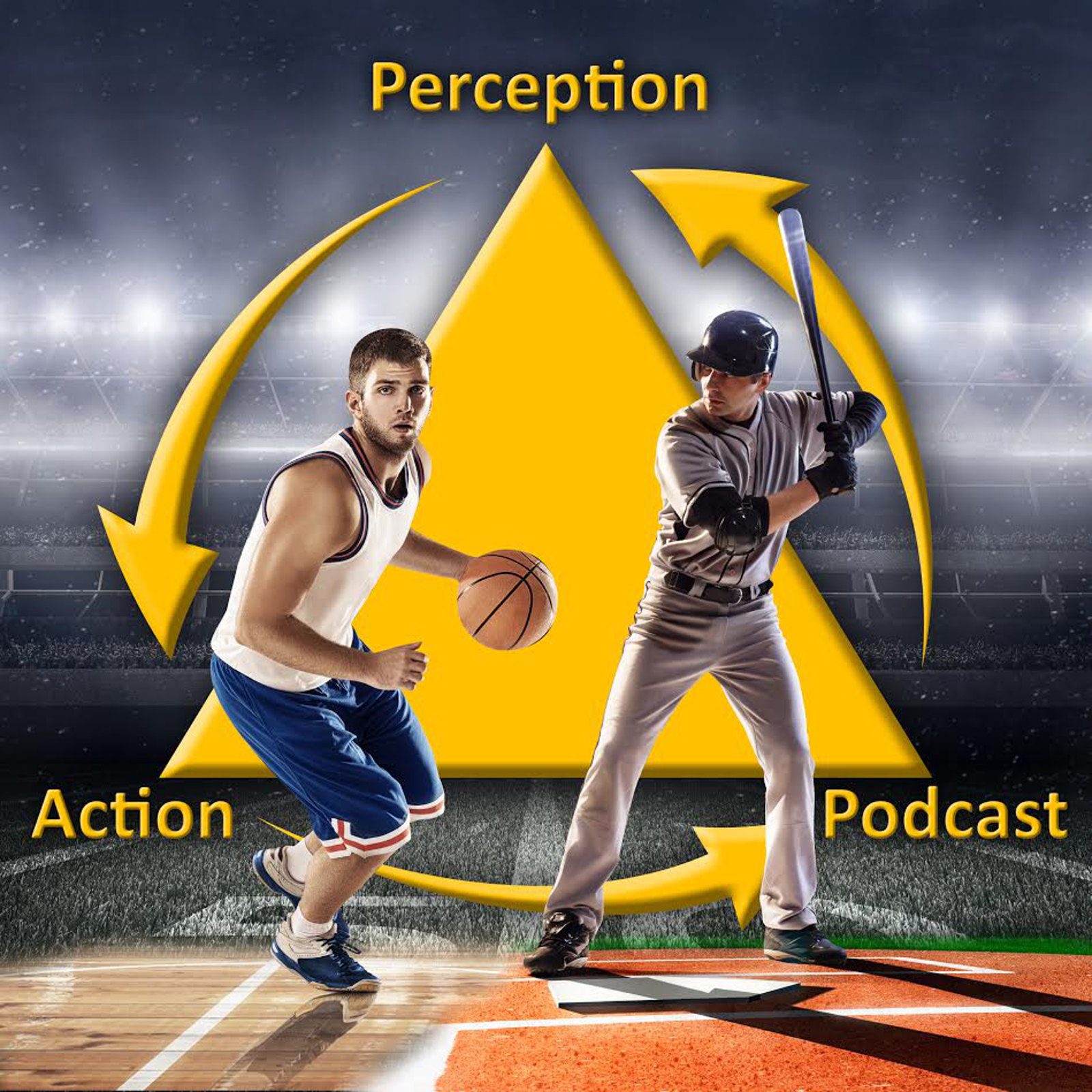5
How does an athlete get their glove, racquet, hand, or foot to the right place at the right time to hit, catch or strike a moving object? In this episode, I explore visual information that can be used to judge the time to contact and direction of motion of an approaching object and how it can be applied to the outfielder problem.
Research Confessions: The time I nearly published completely artifactual results
Download link
Key points:
• In order to intercept an object that is moving towards us (like a tennis serve, baseball pitch or penalty kick) we need to know two things: when it will arrive at our body and where it will be when it gets there (for example, to the left or right).
• For an object approaching at a constant speed, time to contact is equal to the current image size of the object divided by the rate at which the image size is increasing. In other words, you don’t need to know its distance or approach speed.
• This cue, which is now commonly referred to as tau, seems to be used to control a lot of actions in sports (e.g., timing the takeoff in a long jump, or timing a spike in volleyball).
• As would be predicted, if you alter an object’s size as it approaches (e.g., letting the air out of a balloon) the perceived time to contact changes
• There are also other visual cues for judging time to contact. For example, the change in the disparity between the image of the object in our two eyes. Binocular cues become more critical when the approaching object is small and/or is very close to you
• For low objects approaching you, there are a few different visual cues one can use to judge where the object is headed. One is the difference in image velocity of the object in your two eyes. For example, If the motion of the retinal images is in the same direction in the two eyes, the approaching object will miss your head, to the side opposite the direction of motion
• Predictive control involves is using visual information early in the ball’s flight (like the cues we have talked about so far) to judge where it is going and when it will get there to make a prediction about where the ball will be in the future
• Prospective control involves linking (or coupling) one’s movement to some visual cue. In this type of control, no prediction is involved, instead if the coupling is maintained interception will automatically occur.
• For catching a ball that is hit high in the air, commonly called “the outfielder problem”, fielders seem to use prospective control with the specific information used (e.g., acceleration, bearing angle, etc) still hotly debated
• There is a very small about of evidence that training can improve the ability to use cues about where and when
Articles:
- The Black Cloud
- Lee’s 1976 paper
- Grasping tau
- Accuracy of estimating time to collision using binocular and monocular information
- Estimating the time to collision with a rotating nonspherical object
- The visual perception of motion in depth
- Catching a baseball: OAC
- How baseball outfielders determine where to run to catch fly balls
- Unconfounding the direction of motion in depth, time to passage and rotation rate of an approaching object
- Motion perception and driving: predicting performance through testing and shortening braking reaction times through training
More information:
My Research Gate Page (pdfs of my articles)
My ASU Web page
Podcast Facebook page (videos, pics, etc)
Twitter: @Shakeywaits
Email: robgray@asu.edu
Credits:
The Flamin’ Groovies – Shake Some Action
Between the Eyes – Christian Milone
Catch Me, I’m Falling – Oblivion’s Garden
Farmertan – Ugly Truth
via freemusicarchive.org
